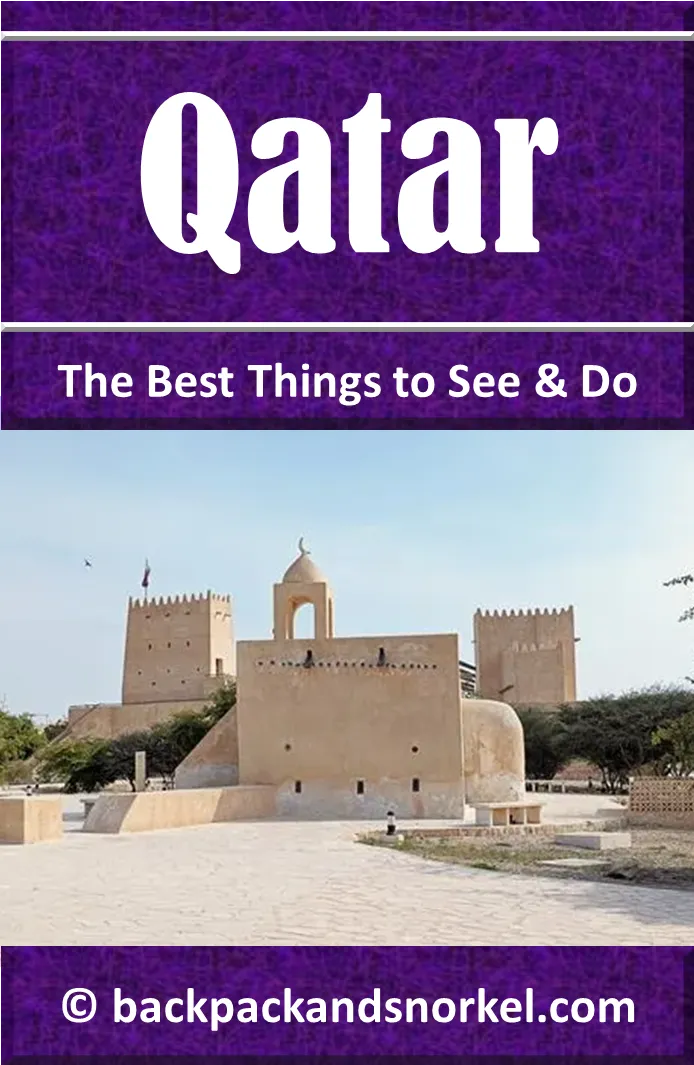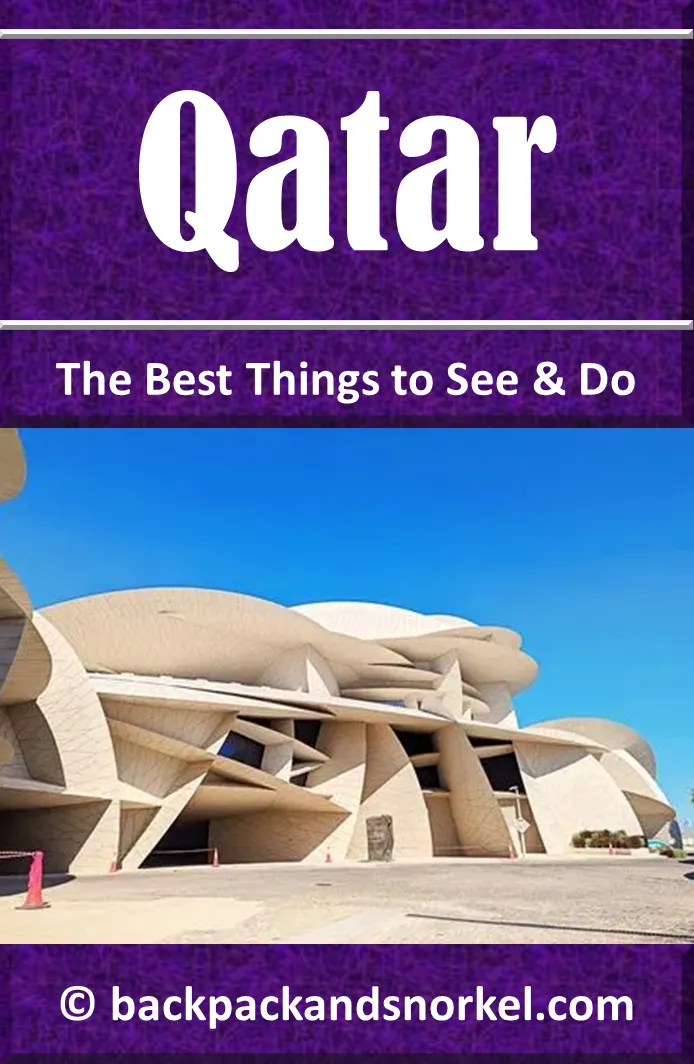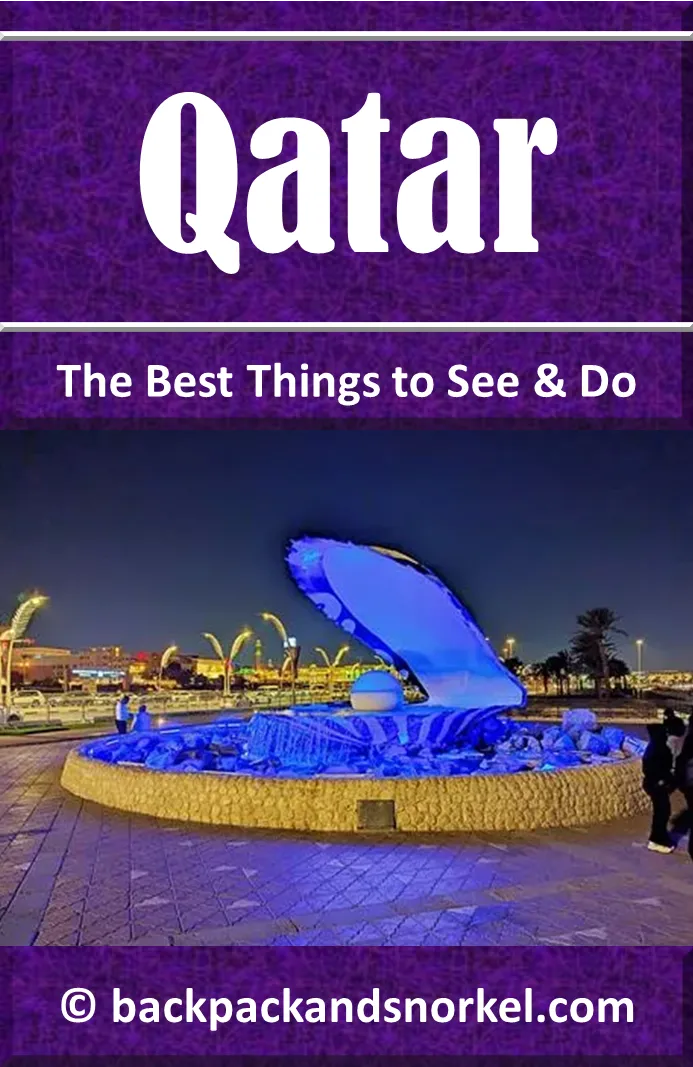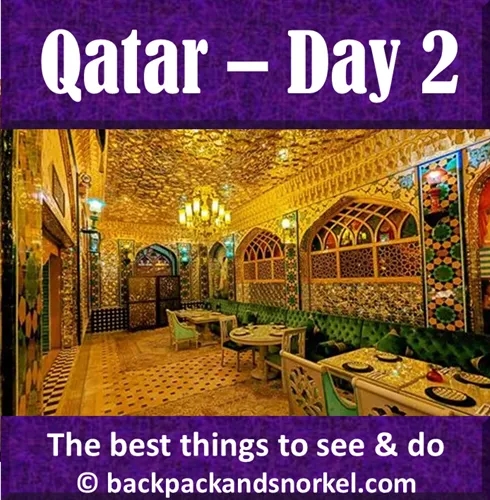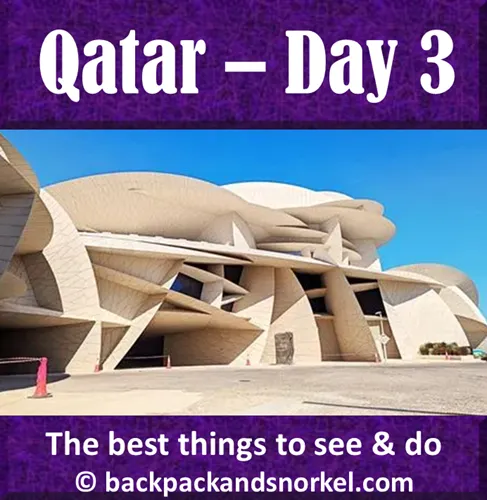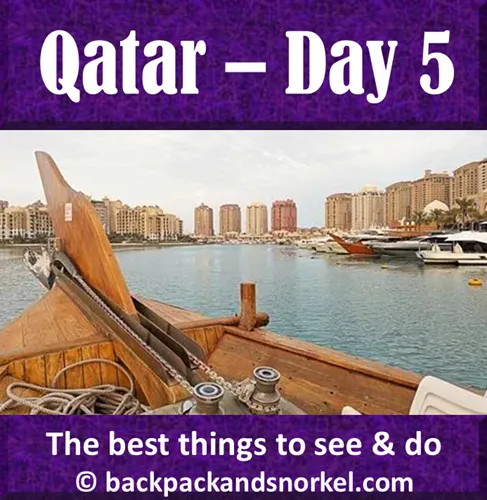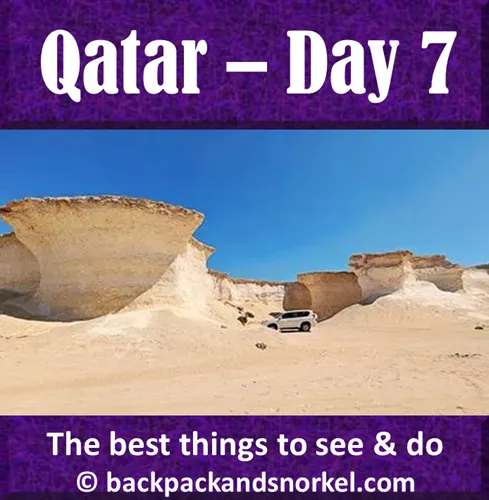Backpack and Snorkel Travel Guide for a Self-Guided Tour of the Highlights of Doha - Qatar Purple Travel Guide
Today we visit the National Museum of Qatar, which is the best museum in Qatar, and the smaller Msheireb Museums that tell the story of the Qatari people. We provide detailed information and the best things to see and we show lots of photos so you know what you can expect.

1) National Museum of Qatar
2) Museum Restaurant
3) Msheireb Museums
Msheireb Tram
4) Barahat Msheireb
Here at Backpack and Snorkel Travel Guides, we typically promote self-guided walking tours.
But we realize that not everybody likes to walk by themselves in a foreign city. So, just in case that you rather go with ab guide: NO PROBLEM! Please see the tours below.
National Museum of Qatar
National Museum of Qatar celebrates the culture, heritage, and future of Qatar. This 430,000 square foot (40,000 m2) museum is housed in a beautiful architecturally unique building that was inspired by the looks of a desert rose crystal, which can be found in Qatar. It was opened in 2019, replacing an older structure from 1975.
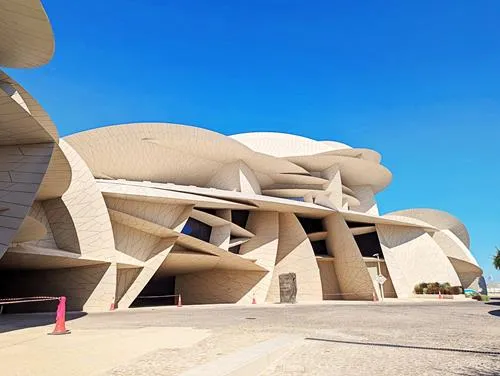
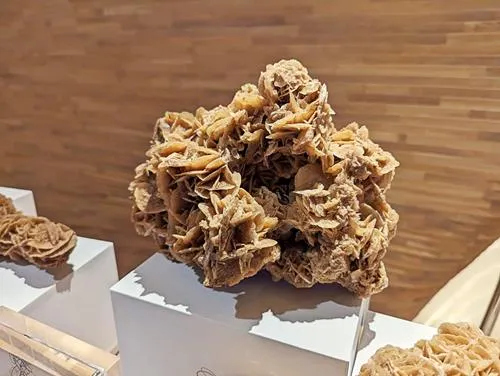
The museum itself is celebrated for its use of large immersive video screens and audio content which provide additional content to the exhibits.
The museum shows about 8,000 artefacts in a roughly chronological order, beginning with the natural history of the Qatari desert and the Persian Gulf, the Bedouin culture and tribal wars, the establishment of Qatar, pearling, tools, dresses and jewelry, the discovery of oil and gas, the House of Thani, and statistical information about present-day Qatar.
There is also a small historic car museum that can be accessed through a separate entrance and that is included in the admission price.
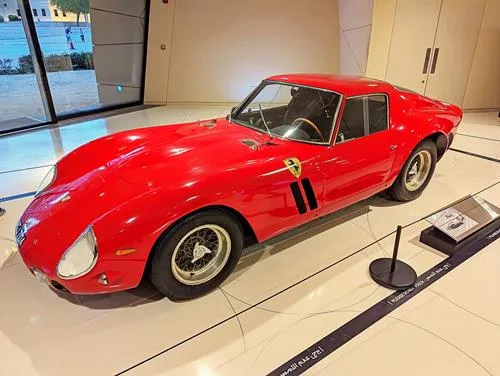
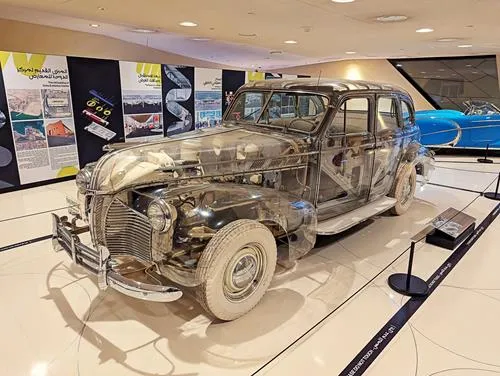
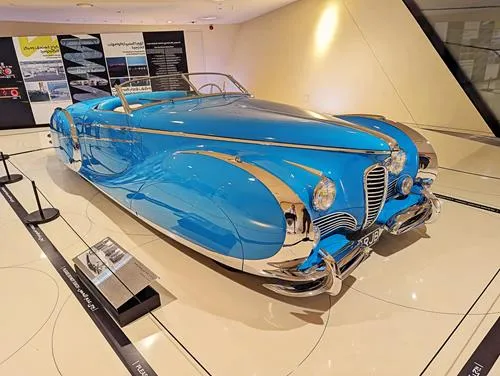
At the time of writing, the opening hours are:
Saturdays – Thursdays: 9am–7pm (during Ramadan: 9am–2pm and 8pm–midnight)
Fridays: 1.30–7pm (during Ramadan: 8pm–midnight)
If you bought the Silver OnePass yesterday, then you can access this museum for free, otherwise it is QAR 100 per adult.
After you pay admission, take the escalator one floor up and then go straight through the large hallway (pass the reception desk on your right and the gift shop on your left) until you see an easy-to-be-missed entrance to your left with large video screens behind it.
The way to the exhibition space is the only confusing part of the museum that lacks good signage.
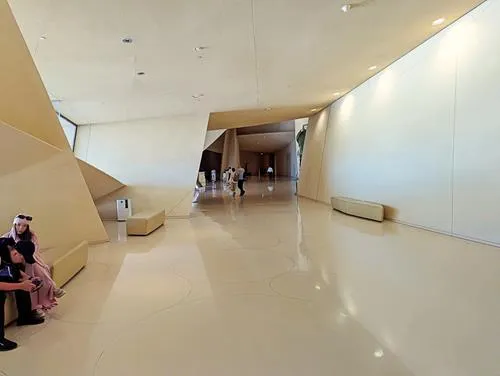
Reserve at least 3h for the museum.
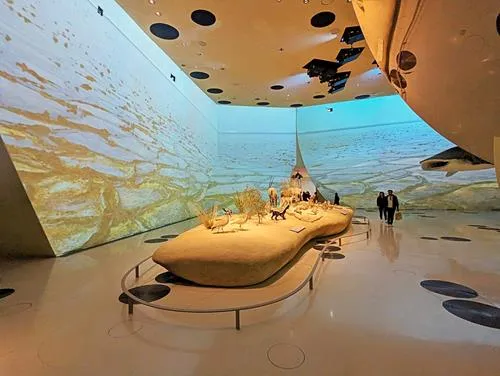
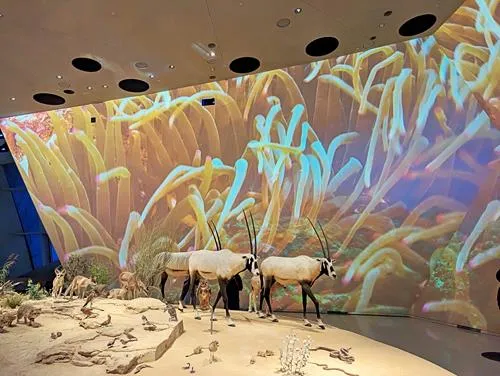
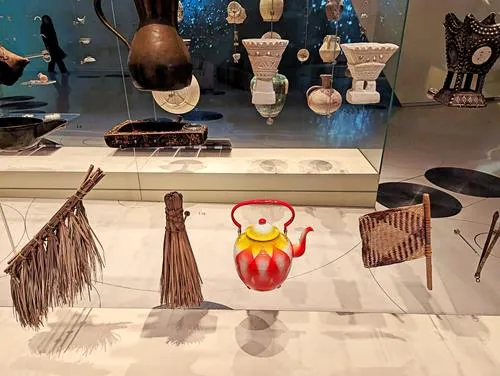
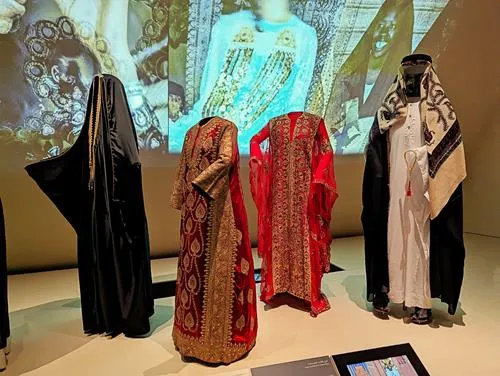
Museum Restaurant
Located across the street from the western side of the National Museum of Qatar, this restaurant is a gem. We discovered it by ourselves and later it was recommended to us by staff in our hotel and an Uber driver. And rightfully so. We really liked the food and that’s why this is the restaurant that we have visited the most in Doha.
Their staff is very friendly and helpful and they have a wide selection of Arabian and Western dishes and some creative milk shakes. Among the Arabian dishes are Qatari dishes, as well as the national dish of Kuwait, and quite a few others.
Not all waiters speak English, but they will make sure that you get a waiter who speaks English if you cannot speak Arabic.
We found the food to be flavorful and on the inexpensive side.
The restaurant is located on Museum Street, hence the name. There is no affiliation with the National Museum of Qatar.
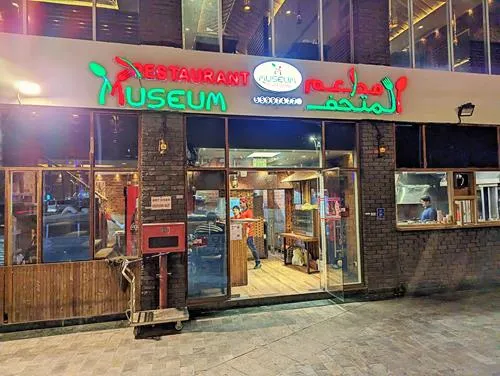

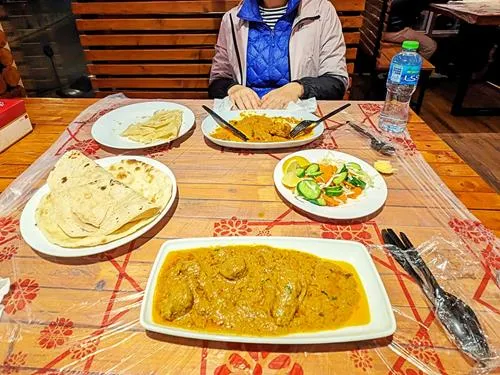
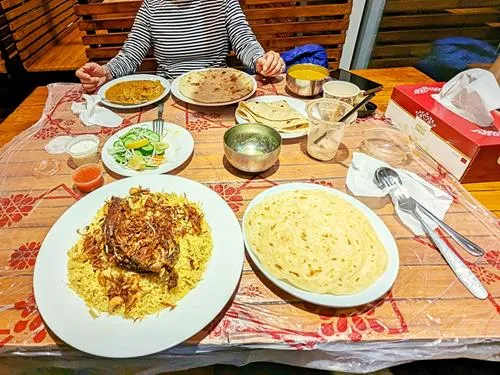
After you have finished eating, walk the short distance to the National Museum Metro station, ride two stations on the Golden Line towards Al Aziziyah and exit at Msheireb Metro Station.
Msheireb Museums
The Msheireb Museums were established as part of Msheireb Downtown Doha project, which is the world’s first sustainable downtown regeneration project.
Msheireb is pronounced m-Shey-reb with the stress on shey.
Msheireb Museums celebrate the history of four historic heritage houses:
The four houses are located in the same general neighborhood, but you will need to walk and cross streets to get from one to the next.
Unfortunately, there are no big easy-to-see signs, so you will need to use the map locations in our Qatar Purple Travel Guide or search a little.
Admission to the houses is free.
At the time of writing, the opening hours are:
Mondays – Thursdays, Saturdays: 9am - 5pm
Fridays: 3pm - 9pm
Sundays: Closed
Bin Jelmood House
A trader nicknamed ‘Jelmood’ (= rock or hard man) lived with his family in this house in the mid-twentieth century. Among the goods he bought and sold were enslaved people. Bin Jelmood House is referred to in a manumission statement (a document that legally freed enslaved persons) recorded by the British Political Agency in Bahrain in 1942.
Slavery has existed in nearly every part of the world at one time or another. The story told in Bin Jelmood House is part of that long history. It is also part of the lesser known but older story of slavery in the lands around the Indian Ocean, a region where the experience of slavery was different in many ways from the better-known Atlantic Ocean trade.
The House explores the role of Islam in the treatment of enslaved people, their integration into the Qatari society and the eventual abolition of slavery.
Bin Jelmood House exists to promote reflection and conversation on important truths about historical slavery in Qatar and the critical issue of contemporary slavery around the world.
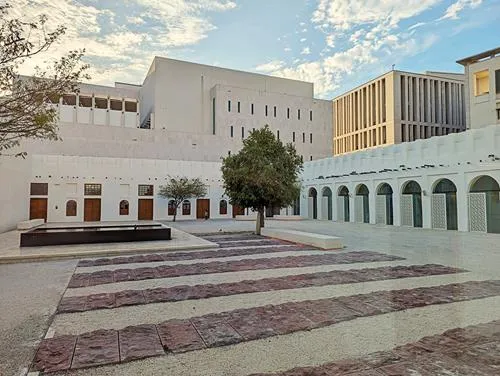

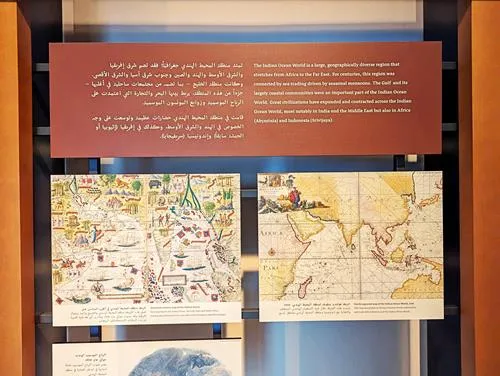
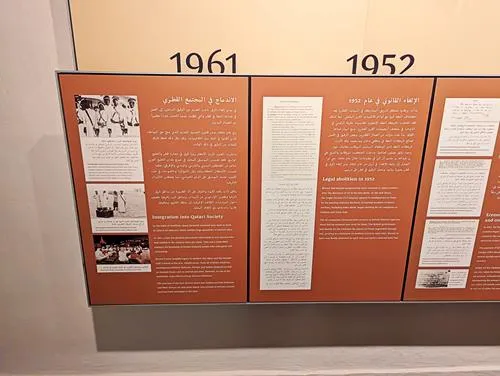
Company House
This building has long been a landmark in the Msheireb neighborhood. Hussain Al-Naama, the manager of Doha Port, built the house for his family in the late 1920s.
The Anglo-Persian Oil Company (commonly referred to simply as ‘the Company’ rented the building in 1935 and used it as its headquarters for the next two decades. The discovery and exploitation of Qatar's petroleum has its origins here.
From the late 1930s onwards, Qatari men used to gather outside this historic building to be taken on arduous truck journeys to the desert oil fields of the western part of the country. There they undertook exhausting manual work, in difficult living conditions, for the Anglo-Persian Oil Company, a British business that had been awarded an exclusive contract to discover and extract petroleum in Qatar. The men returned here a month later to be paid a subsistence salary. After just one day with their families they returned to Company House to be transported to the fields once again. This museum is dedicated to those pioneering Qataris who threw themselves bravely into working for the future of their country. It celebrates their endurance, self-sacrifice, and commitment. It tells their stories - through their eyes and in their own words.
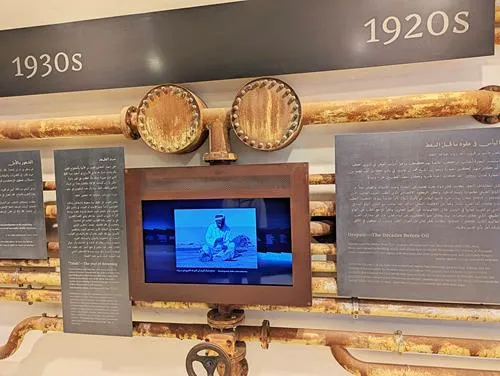

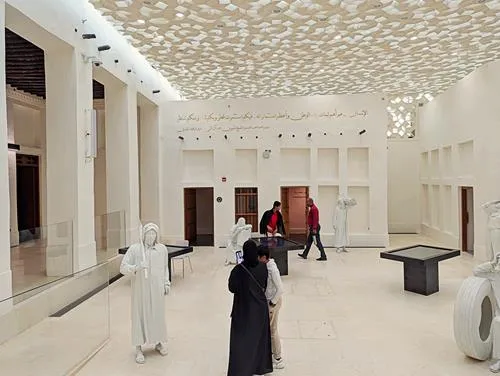

Mohammed Bin Jassim House
Built by Sheikh Mohammed Bin Jassim Al-Thani, son of the founder of modern Qatar.
This heritage house showcases items Qataris used during their daily lives over the decades, from kitchen items over food and beverage packaging and TVs to advertisements. The museum houses the Echo Memory Art Project using objects uncovered during excavation work on the site.
Mohammed Bin Jassim House demonstrates Qatar’s challenge to strike a balance between the sophisticated requirements of contemporary living and the responsibility to preserve local heritage and culture.
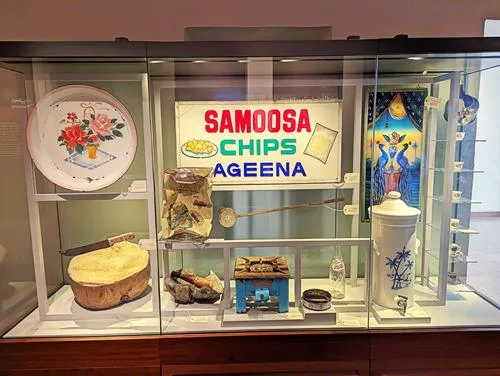

Radwani House
This residence was first constructed in the 1920s at the boundary between two of the city's oldest districts - Al-Jassra and Msheireb. It was purchased by Ali Akbar Radwani in 1936 and remained in his family for over 70 years.
Radwani House has been enlarged and remodeled over time and is today one of the most important historic buildings in Doha. It is also a remarkable record of the lives and lifestyles of its inhabitants and reveals a great deal about the wider social changes that were experienced in Qatar during the course of the 20th century.
The excavation of Radwani House was undertaken in the winter of 2012-2013 by a team of archaeologists from University College London Qatar. The team's findings have revealed much about the development of Doha and the day-to-day lives of the city's inhabitants.
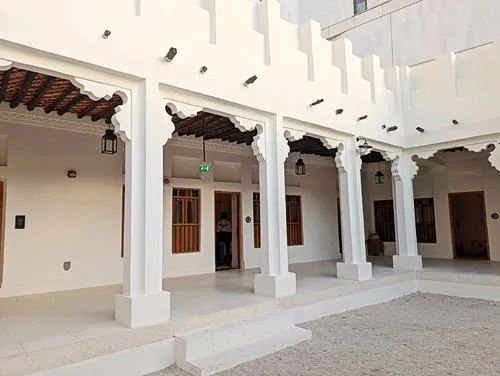

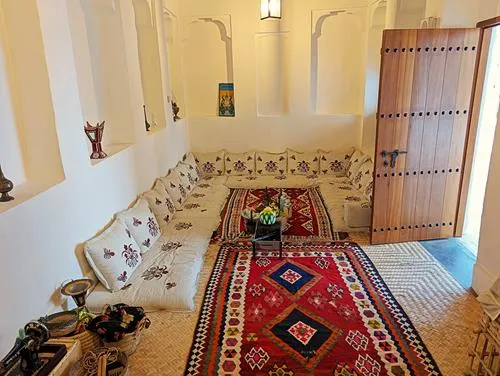
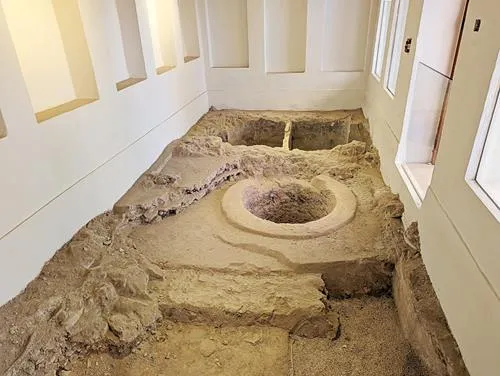
Msheireb Tram
When you exit the Msheireb Museums, walk to the Msheireb Tram station that is near the front of Bin Jelmood House. This is Msheireb Tram Station: 5) Heritage Quarter Station
The Msheireb Tram is a single direction 2 km closed-loop track that includes nine stops. Admission to the tram is free. It was built in California, is hydrogen powered, air-conditioned and has low-E glass so that the intense sunshine does not overload the air-conditioner. The cars are super clean and a loop takes about 18 minutes to complete.
The tram connects the main attractions in Msheireb Downtown Doha. Even though you entered at Stop 5), you may want to ride a full loop and then exit at Stop 6) for your next destination on your self-guided tour of Doha.
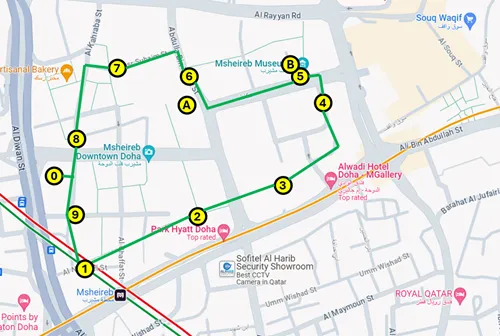
0) Tram Depot
1) Sahat Al Nakheel Station
2) Wadi Msheireb Station
3) Galleria Station
4) Msheireb Prayer Ground Station
5) Heritage Quarter Station
6) Al Baraha Station
7) Sahat Al-Masjid Station
8) Al Kahraba Street Station
9) Al Mariah Street Station
A) Barahat Msheireb
B) Msheireb Museums

Barahat Msheireb
Barahat Msheireb is a large square that has lots of higher-class restaurants and bars around it. Suspended from the encircling buildings is a protective roof with LED lights that acts as sun protection during the day and at around sunset, the LED lights will turn on and provide a nice light show.
Barahat Msheireb is a fashionable place to eat dinner and you will see lots of well-dressed people come here in the evening and there may even be some events happening.
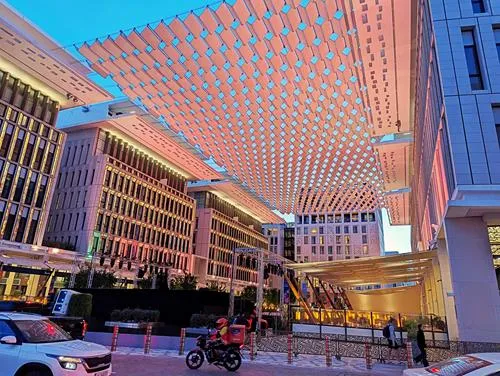
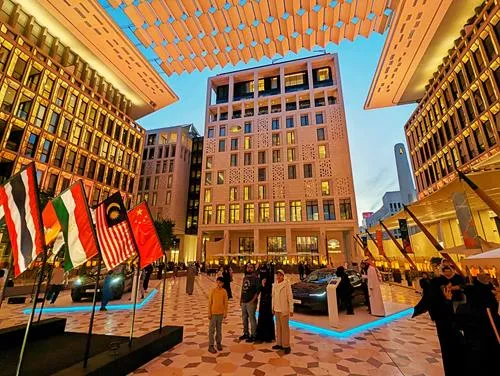
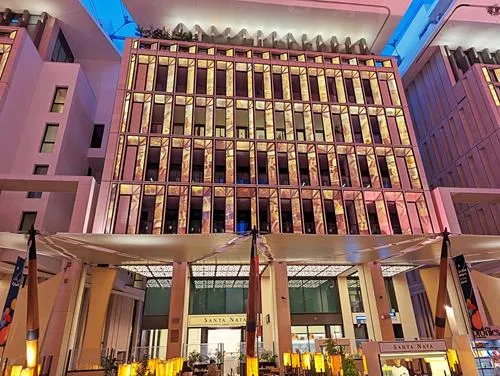
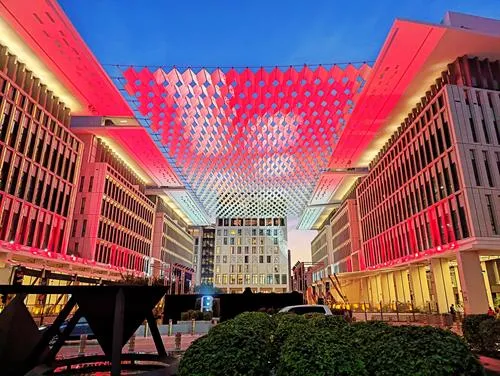
Where do you want to go now?
Author: Rudy at Backpack and Snorkel
Bio: Owner of Backpack and Snorkel Travel Guides. We create in-depth guides to help you plan unforgettable vacations around the world.
Other popular Purple Travel Guides you may be interested in:
Like this Backpack and Snorkel Purple Travel Guide? Pin these for later:


